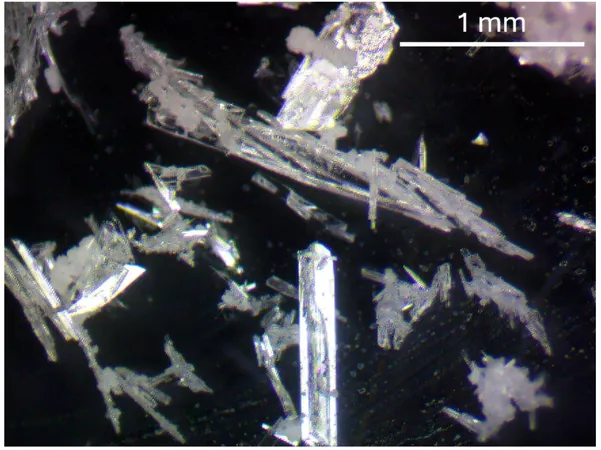
Breakthrough in Quantum Memory: A Game-Changing Crystal Might Hold the Key!
2025-07-09
Author: Yu
Unlocking the Secrets of Quantum Memory
For over 20 years, physicists have been on a mission to master the art of quantum light storage, often referred to as quantum memory. This groundbreaking technology focuses on the complex process of mapping elusive light particles, or photons, onto stable states of matter. However, the quest to securely store photons for long durations while maintaining their retrieval integrity presents a formidable challenge.
The Rise of Rare Earth Elements as Quantum Memory Heroes
Recent advancements suggest that rare earth atoms embedded in solid materials cooled to cryogenic temperatures could revolutionize quantum memory storage. Engineers from The Grainger College of Engineering at the University of Illinois Urbana-Champaign have recently spotlighted the potential of a unique stoichiometric europium-based material.
Introducing NaEu(IO3)4: The Future of Quantum Storage?
Published in the prestigious Physical Review Letters, the research revolves around the newly characterized compound NaEu(IO3)4. This rare earth material could pave the way for future strides in quantum memory. Unlike conventional data storage methods that handle regular data easily, quantum information presents a different set of hurdles.
"In the world of quantum bits, once I transmit information, it's irreversible. If it goes missing, it’s lost for good," explains Elizabeth Goldschmidt, a physicist and co-author of the study.
Europium: The Quantum Storage Champion
To tackle the inherent fragility of photons, europium emerges as a promising ally for preserving quantum information over extended periods. While typical storage methods can lead to photon degradation, europium displays an impressive ability to absorb and maintain these critical light particles.
The Innovation of Stoichiometric Crystals
Researchers have been experimenting with doping crystals to enhance quantum light storage, yet undoped stoichiometric crystals boast fewer imperfections. The team leveraged this advantage by incorporating europium directly into the crystal structure itself rather than as a random addition.
Exploring NaEu(IO3)4: A Strong Candidate for Quantum Memory
Through extensive research, the team identified NaEu(IO3)4—a layered, environmentally stable crystal with robust bonds. Isolating a single layer could potentially integrate with photonic chips, a crucial advance for developing effective quantum memory. However, scientists must carefully analyze how close europium atoms can be located to avoid unwanted changes in behavior.
Setting New Storage Records
In an encouraging breakthrough, the team has already demonstrated photon storage times of up to 800 nanoseconds. Their ambitious goal is to extend this duration significantly, ultimately isolating a single layer of this promising material to construct a reliable quantum memory.
"The maximum time it takes for quantum communication is on the scale of milliseconds, whether through satellite connections or fiber optics circling the globe," Goldschmidt notes.
The Future of Quantum Computing is Bright!
Daniel Shoemaker, a professor of materials science and engineering, highlights a bright future: "Today's computing technologies began with crystals developed over the past century. We're just starting to explore the potential of quantum memory, which will hinge on the intricate dynamics of electrons at the atomic level, particularly with materials like europium. The potential for the next century is exhilarating!"


 Brasil (PT)
Brasil (PT)
 Canada (EN)
Canada (EN)
 Chile (ES)
Chile (ES)
 Česko (CS)
Česko (CS)
 대한민국 (KO)
대한민국 (KO)
 España (ES)
España (ES)
 France (FR)
France (FR)
 Hong Kong (EN)
Hong Kong (EN)
 Italia (IT)
Italia (IT)
 日本 (JA)
日本 (JA)
 Magyarország (HU)
Magyarország (HU)
 Norge (NO)
Norge (NO)
 Polska (PL)
Polska (PL)
 Schweiz (DE)
Schweiz (DE)
 Singapore (EN)
Singapore (EN)
 Sverige (SV)
Sverige (SV)
 Suomi (FI)
Suomi (FI)
 Türkiye (TR)
Türkiye (TR)
 الإمارات العربية المتحدة (AR)
الإمارات العربية المتحدة (AR)